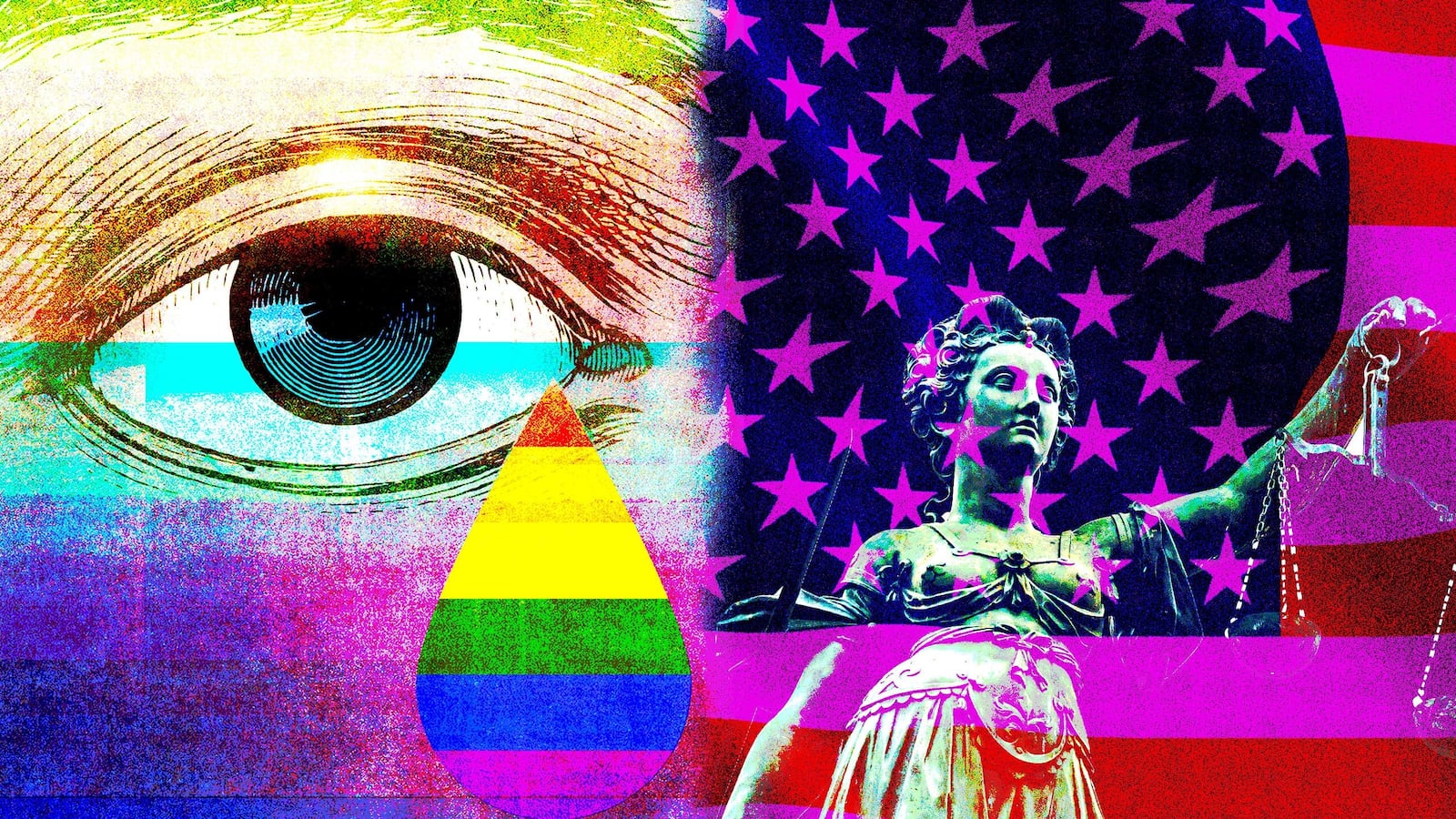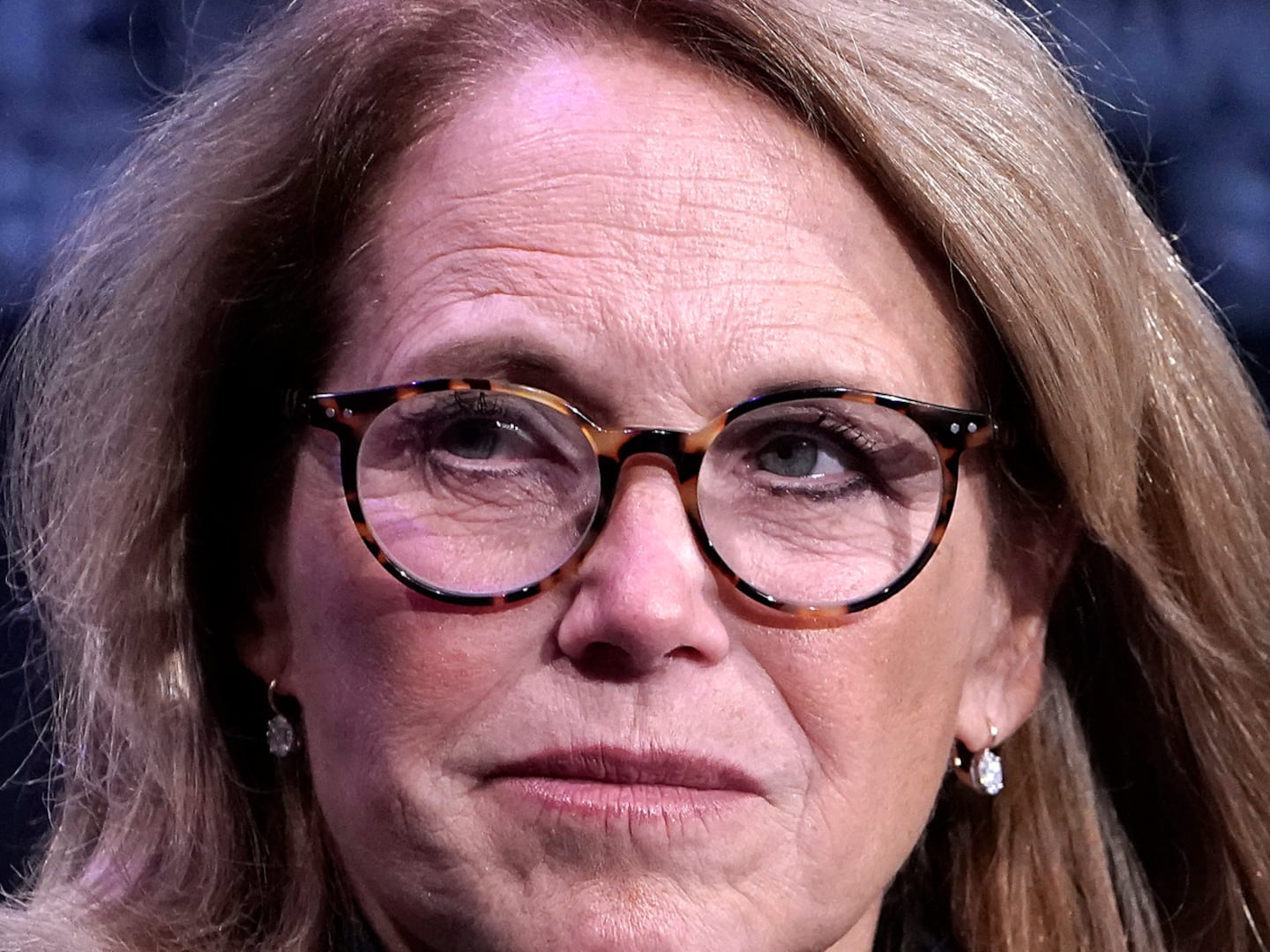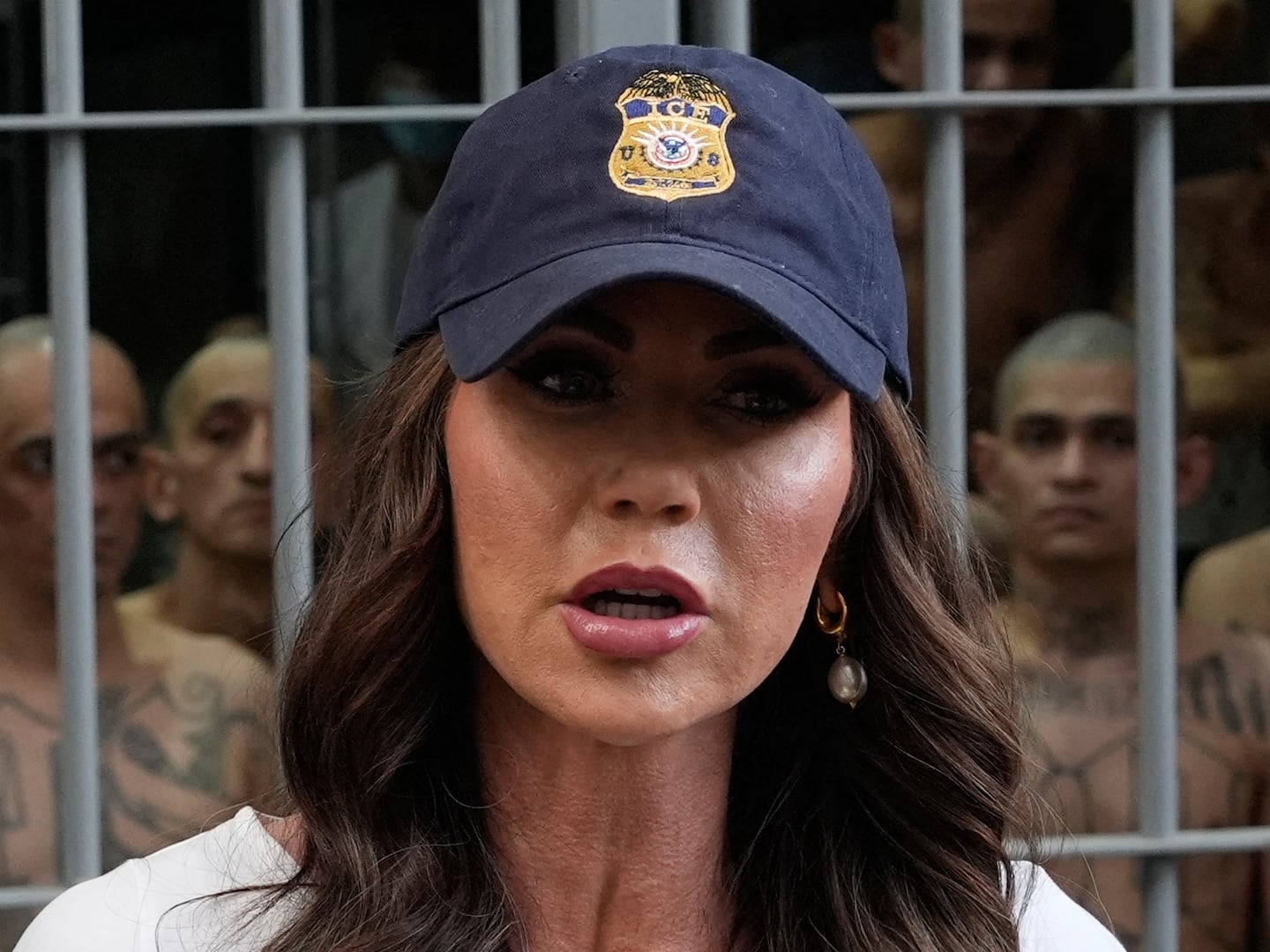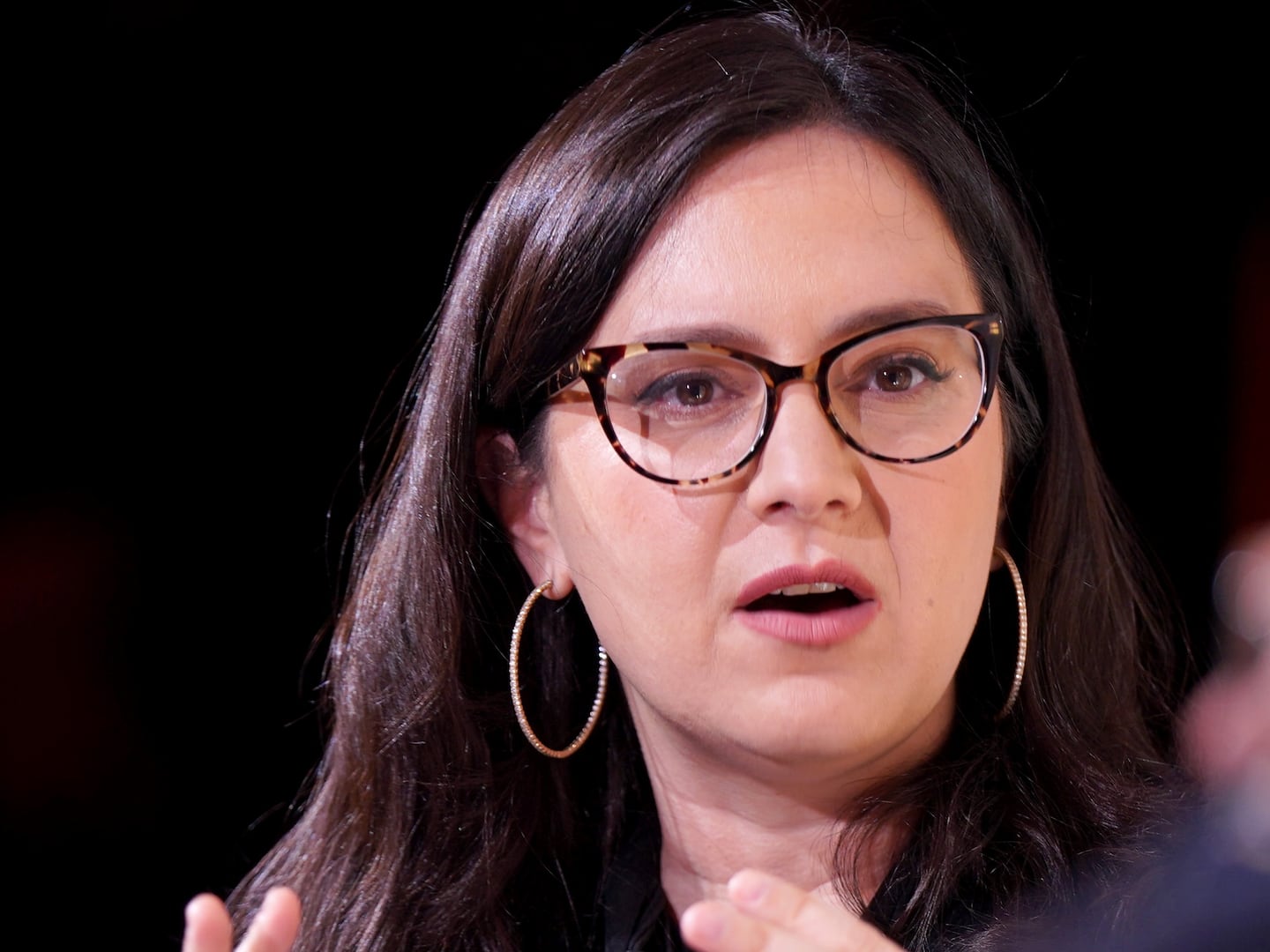In 2014, Time magazine announced “The Transgender Tipping Point.”
Laverne Cox adorned the cover in a blue dress.
The author of the cover story, Katy Steinmetz, declared that “another civil rights movement is poised to challenge long-held cultural norms and beliefs,” chalking up the emergence of “new policies” to the “new transparency” that transgender people were exhibiting after “emerging from the margins to fight for an equal place in society.”
The narrative was clear: Transgender visibility was good. It could change the country. And although Steinmetz herself was careful to qualify that the “transgender revolution still has a long way to go,” Time’s headline made it seem like a critical threshold had been crossed. Progress is linear, it supposed, and there is no going back.
That narrative—I am sad to say on March 31, the Transgender Day of Visibility (TDOV)—is wrong.
In 2017, the White House rolled back federal guidance protecting transgender students, effectively scuttling a potentially precedent-setting Supreme Court case in the process.
There have already been at least seven reported murders of transgender people in the United States, placing it on track to be one of the most violent years on record.
And even after North Carolina reached a controversial legislative “compromise” yesterday over its “bathroom bill” under pressure from the NCAA, some Texas legislators are trying to pass a bill similar to HB2 this year.
If 2014 ever could have been described as a “Transgender Tipping Point,” we might say that we’re now in the “Transgender Dipping Point”—a moment when, despite increases in media representation, the sort of tangible progress that felt within our grasp a few years ago may now have been delayed well into the next decade or beyond.
Wherever you look, transgender people may be more visible but they are still facing the same problems in 2017 as they were in 2014.
They are still being denied life-saving health care, discriminated against at work, and harassed in public. Transgender athletes are still being stigmatized for daring to participate in sports. Cisgender actors are still being cast in transgender parts.
All the while, anti-LGBT groups have been doubling down on transphobia, fundraising around bathroom laws now that the same-sex marriage decision seems all but irreversible.
Even liberals have yet to fully embrace transgender rights, with a sizeable 30 percent of Democrats in a Public Religion Research Institute survey saying that they favor anti-transgender bathroom legislation.
Imagine a magazine cover today announcing “The Transgender Tipping Point.” The thought is almost laughable.
Whatever burst of momentum there supposedly was in 2014 has given way to a seemingly endless war of attrition between civil rights groups and anti-LGBT groups, with lives hanging delicately in the balance.
Yes, transgender people are on TV now. But it’s clearer now than it has ever been that visibility is no silver bullet for transphobia.
“Emerging from the margins,” as transgender people were reportedly doing in 2014 according to that Time cover story, can be tantamount to placing a target on your own back.
And the “new transparency” of 2014 has actually opened up transgender people’s lives to an unprecedented new level of legislative scrutiny.
This—as we’ve learned the hard way—can lead to discriminatory anti-LGBT bills that are cruel in their attention to detail: requiring “original” birth certificates because anti-LGBT groups know that transgender people can often update theirs; defining gender by chromosomes because they know that transgender people can change sex characteristics with hormones and surgery; even effectively placing a “bounty” on transgender people who use the appropriate restrooms because they know that the bills would be all but unenforceable without financial incentives for citizens to sniff transgender people out.
TDOV is a day when we rightfully celebrate those transgender people with the right combination of privilege and courage to live openly.
Given that the only other “day” for transgender people—Transgender Day of Remembrance on November 20—focuses on the horrific violence the community endures, it is an important Spring counterweight to that more solemn day in the Fall.
But in 2017, it’s worth probing the possible relationship between March and November, between visibility and violence. Visibility is important. But visibility without empathy is just spectacle. And transgender people can’t only be seen; they have to be understood.
Transgender people and their allies have been predicting the potential downsides of visibility for years.
At the end of 2014, I wrote that “visibility is no substitute for change” and the following December, I noted that 2015’s anti-trans “backlash” was “an inevitable consequence of [the] progress” we had seen over the prior year.
In 2016, in an essay for the Pacific Standard entitled “After the Transgender Tipping Point,” Melissa Gira Grant warned that the “flip side of visibility—especially when it appears to be sudden, and media-driven is vulnerability.”
That simultaneity with which that same sentiment occurred to a wide range of LGBT writers and advocates should be alarming. The pessimism of 2016 was widespread: Salon explored “the dark side of ‘visibility’,” and Medium was awash in essays observing that being visible was not all it was cracked up to be, but rather a “double-edged sword,” as Jessica Oros wrote, that can inflict deep wounds.
Tiq Milan observed in a Guardian article that visibility was accompanied by an “uncloaking of an ongoing strain of anti-trans prejudice and hatred,” and Eliora Avraham announced the “anti-trans backlash” had arrived in an article for the Australian journal Overland.
Many saw this backlash coming. As far back as 2014, for example, Jos Truitt noted in a Feministing essay that “visibility is not necessarily a good thing, particularly for trans women,” adding that “visibility won’t feed or clothe or house you.”
At best, it seems, an unqualified call for more visibility can be a red herring that distracts from more substantial issues; at worst, it’s an invitation for punishment.
Looking back now, 2014 may have only ever perceived as a “Transgender Tipping Point” because we had been conditioned to believe that LGBT visibility in the media signals some sort of civil rights momentum. After all, wasn’t it Ellen that paved the way for the acceptance of gay people?
Perhaps the most famous endorser of that idea was former Vice President Joe Biden—himself an early and vocal supporter of transgender rights—who said in 2015 that Will & Grace “probably did more to educate the American public than almost anything anybody’s ever done so far.”
Attributing progress on gay rights to the entertainment industry is an interesting idea—and there’s a poll here or there to suggest that it played a role—but there’s no way to tease out how much it truly mattered in the grand scheme of things.
It’s hard enough for statisticians to peer into hearts and minds—and even the good polling on this topic suggests that getting to know LGBT people in real life was far more influential in influencing social attitudes than film and television characters were.
Still, the narrative that Hollywood won the day has a certain intuitive pull in media circles, as we can trace in myriad think pieces from 2015.
“It’s impossible to know how much entertainment ever drives society rather than merely reflecting it,” wrote Spencer Kornhaber in one such essay for The Atlantic. “But it’s hard to avoid the feeling that the past five or six years have seen a virtuous cultural cycle [between Modern Family and gay rights].”
There’s no doubt that representation is important. But we need more than a “feeling” to gauge the progress of civil rights movements. Correlation is not causation, the chicken-egg dilemma is still unsolvable, and the LGBT rights movement doesn’t follow the same path for every letter.
It’s easy to get excited when a new group of people starts showing up on screens both small and silver but it doesn’t necessarily prove that the deeper mechanisms of change are functioning as they should.
Are TV characters like Orange is the New Black’s Sophia Burset or Transparent’s Shea playing a part in the transgender revolution? Yes. Does the same go for transgender models and transgender memoirs and transgender documentaries? Of course.
But for the past few years, there has been a jarring contrast between the wide range of institutions that are moving toward transgender acceptance, albeit at varying speeds—Hollywood, corporate America, virtually every major medical association, the Democratic party—and the stubbornly divided field of public opinion.
Most Americans oppose transgender bathroom laws according to the Public Religion Research Institute but 53 percent is apparently not a strong enough majority to pass nationwide protections. And the size of the opposition to transgender rights is alarming given the asymmetrical nature of the evidence.
As it stands, roughly half of Americans stand with the side of medical science, history, civil and human rights groups, sexual assault and domestic violence organizations, and small businesses.
But a substantial 39 percent stand on the side of the completely unsubstantiated myth that transgender protections open the door for sexual predators. The “debate”—an imperfect descriptor for an argument this lopsided—should be over. But it’s not.
As the Trump administration has demonstrated, many of the protections that transgender people currently enjoy can be wiped out with a signature or two: the transgender student guidance is gone, Hillary Clinton’s 2010 passport policy is theoretically at the whim of the State Department, and the long-rumored “religious freedom” executive order could still wipe away LGBT protections.
We are already seeing the ripple effects of the Trump administration backing down from important transgender court battles, like Wisconsin rolling back health care for transgender state employees and the University of Arkansas system doing the same without fearing reprisal from the federal government.
Most significantly, Gavin Grimm’s Supreme Court case was sent back down to the Fourth Circuit because Attorney General Jeff Sessions and Secretary of Education Betsy DeVos rescinded the Obama administration’s guidance letter on transgender students.
If vulnerability is indeed the “flip side” of visibility, as Melissa Gira Grant wrote, then transgender people must be pretty visible right about now. Transgender people have never been more visible and they have never had this much to lose. They’re losing it already.
Why hasn’t transgender visibility been more of a shield against these attacks? Why, for instance, isn’t there more outrage over the transgender student guidance being suddenly rescinded?
To answer those questions, we would have to abandon the idea that there’s some overarching blueprint for all civil rights movements that follows a predictable path from the streets onto our television sets and into the law books. We would have to stop using visibility as an indicator of progress.
The struggle for transgender rights, like any human rights struggle, is unique. And it is particularly challenging.
For one, the U.S. is only home to an estimated 1.4 million transgender adults—about half of one percent of the population.
Every character on television could be transgender and every social media feed in the world could be flooded with articles like this one but, without a certain critical mass of face-to-face interactions and familial relationships, it will take longer to build the support networks necessary to effect lasting change.
Gallup has shown that knowing a gay man or a lesbian did impact views on same-sex marriage. The same may be true for opinions about transgender people as well, but there’s a palpable difference between “my son is gay” and “my brother-in-law’s cousin is transgender.”
Anecdotally speaking, conservative Christians with transgender children sometimes become powerful advocates for change when the issue becomes real within their own family. But it takes a lot of anecdotes to add up to a palpable groundswell of support.
The second reason why the “tipping point” is taking so damn long to tip is less data-driven and more about messaging.
Cisgender people who were in same-sex relationships—whether gay, lesbian, or bisexual—got to talk about “love” leading up to the landmark Obergefell v. Hodges decision.
The imagery surrounding mainstream forms of marriage activism was all rainbows and kisses and adorable babies and white picket fences.
It worked. Almost everyone knows what it’s like to love someone, which is why the marriage equality movement shifted its language away from “rights” in its later years, as several political commentators noticed.
There is a universal quality to capital-L Love that propelled progress along—and even then, it still took over 40 years after the American Psychiatric Association removed homosexuality from the DSM for the country to put same-sex relationships on the same legal footing as heterosexual romance. (It’s telling, too, that so many people in legal same-sex marriages can still be fired over their sexual orientation—further proof of the rhetorical power of “love” over a framework like “discrimination.”)
Transgender people, on the other hand, have to talk about going to the bathroom and getting fired and being physically abused.
These aren’t issues transgender people chose; these were issues that cisgender people chose for them. And it’s not easy to make people passionate about toilet use, as previous civil rights movements have proved.
Transgender people and their allies can have fun with potty humor and with pictures of bearded transgender men in women’s restrooms.
Laverne Cox can expertly point out that “bathroom bills” are not about restrooms but about “the right to exist in public space.” But no talking point is as sexy or as relatable as “love.”
It’s a tragic irony, then, that love, not visibility, is what transgender people need the most in 2017.
By now everyone who hasn’t been residing under a proverbial rock, has seen an out transgender person. Fewer have sympathized with them.
The sort of empathy that leads to action is even harder to come by, which is especially disappointing considering how basic a virtue it is and how necessary it would be to combat current threats.
It is true that almost no one knows what it’s like to feel a disconnect between their gender and the gender they were assigned at birth—in fact, gender is so core to personal identity that the very idea might make many cisgender people uncomfortable.
But if you believe in medical science—or if you’re even a casual observer of human history—it is obvious that transgender people are real. From there, it takes an ability to step outside oneself to see transgender people not just as a phenomenon but as fully human.
Transgender allies in the bathroom debate—which, at present, include most Democrats, a third of Republicans, and a clear majority of young people—have to do more than just extrapolate their own experiences of love onto another group.
They have to ponder what it might be like to have an experience that is empirically valid but completely foreign to their own embodied understanding of the world.
Indeed, if many cisgender people squirm at the thought of being a different gender or having the “wrong” genitals, imagine the discomfort that many transgender people experience until they can transition. That’s a thought exercise that involves heart more than it does vision.
Progress isn’t linear. Transgender rights don’t necessarily have to advance any more quickly than the generations that oppose them are dying off. And visibility is not only “not enough”—as several writers labeled it in 2016—it’s the wrong rubric altogether.We desperately need the kind of change that’s still there when our eyes are closed. We have to look beyond seeing to feeling.






